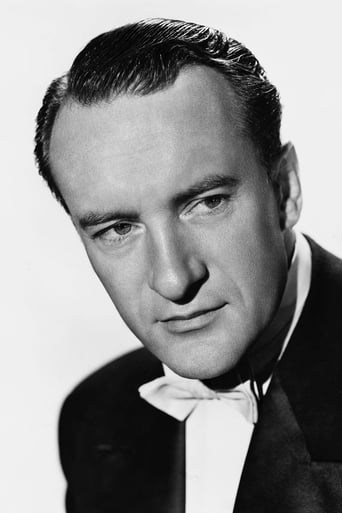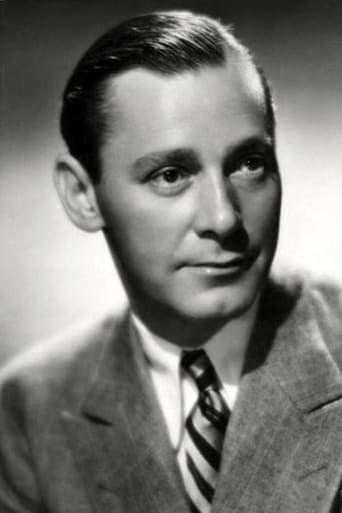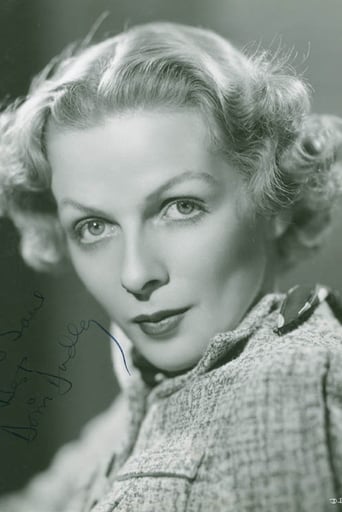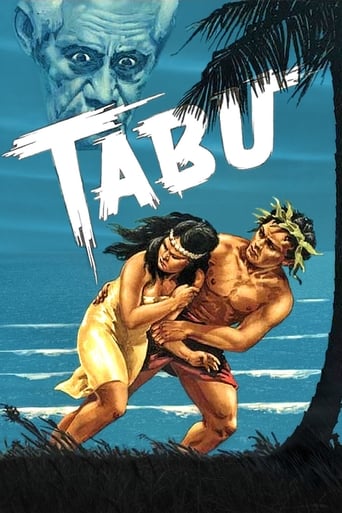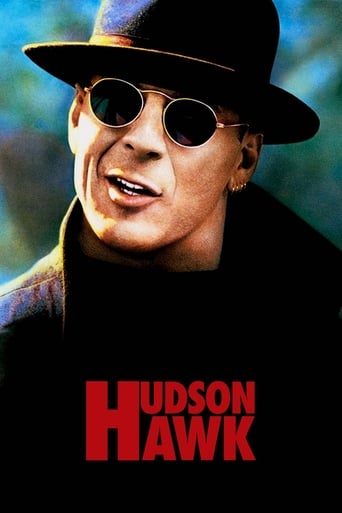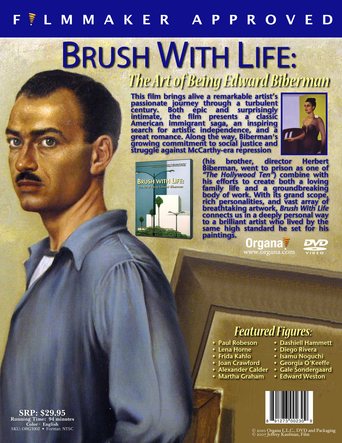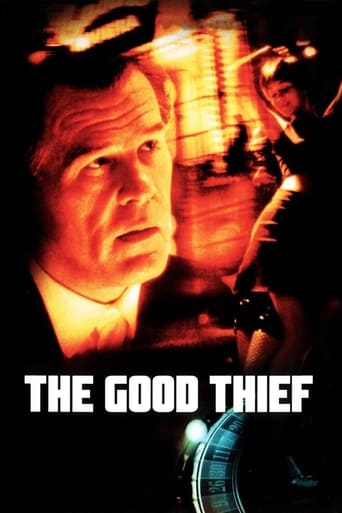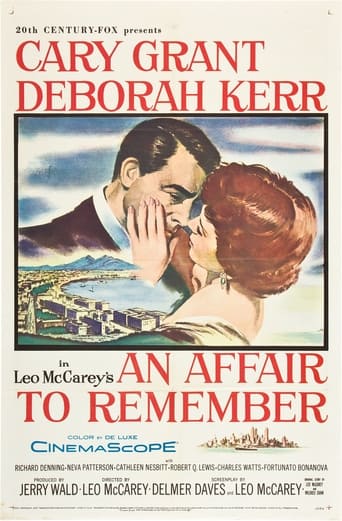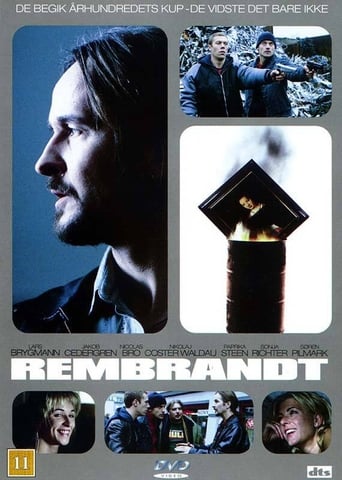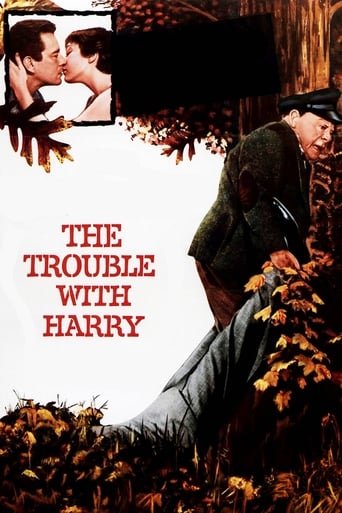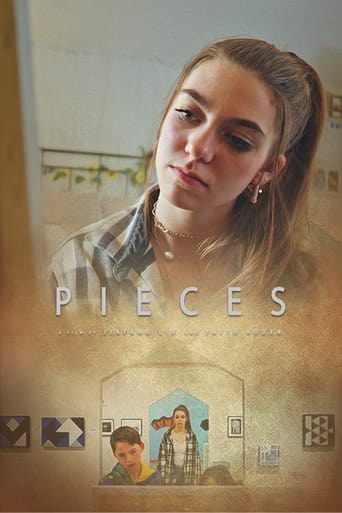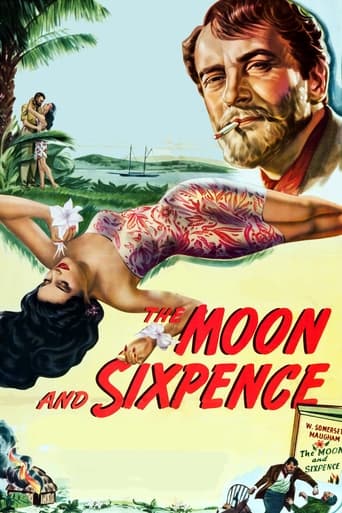
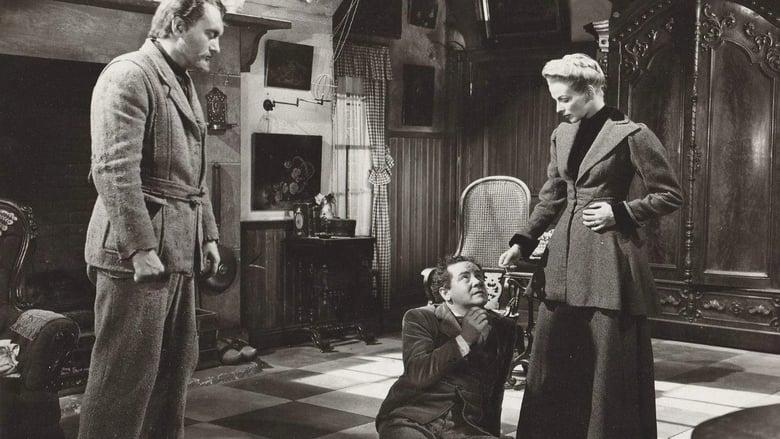
The Moon and Sixpence (1942)
Loosely inspired from Gauguin's life, the story of Charles Strickland, a middle-aged stockbrocker who abandons his middle-classed life, his family, his duties to start painting, what he has always wanted to do. He is from now on a awful human being, wholly devoted to his ideal: beauty.
Watch Trailer
Cast


Similar titles
Reviews
This movie was so-so. It had it's moments, but wasn't the greatest.
When a movie has you begging for it to end not even half way through it's pure crap. We've all seen this movie and this characters millions of times, nothing new in it. Don't waste your time.
It is both painfully honest and laugh-out-loud funny at the same time.
By the time the dramatic fireworks start popping off, each one feels earned.
*Spoiler/plot- The Moon and Sixpence, 1942. Possibly inspired from Paul Gauguin's life life living in Polynesia. The story of a fictitious 'Charles Strickland', a middle-aged stockbroker who abandons his middle-classed life, his family, his duties to start painting in Tahiti. He always wanted to paint and exile himself from society. He's personally a terrible to others in his doings, an awful human being. He learns to be devoted to his ideal: beauty while battling leprosy everyday.*Special Stars- George Sanders, Herbert Marshal, Doris Dudley, Albert Basserman, Florence Bates, Elena Verdugo.*Theme- Art can come from the knowledge of ugliness and pain.*Trivia/location/goofs- B & W. Made during ww2. B&W until art and art set burning in fired family hut. ending.*Emotion- A rich film of drama and painting. Interesting bit of historic storytelling with an interesting use of color inside a black and white film to highlight the Polynesian painting of Gauguin.*Based On- Loosely based on the life of Gauguin, the screenplay by Albert Lewin is based on the book by Somerset Maugham.
George Sanders stars in "The Moon and Sixpence," a 1942 film also starring Herbert Marshall, Doris Dudley, Eric Blore, Steven Geray, and Albert Basserman. Loosely based on the life of Gauguin, the screenplay by Albert Lewin is based on the book by Somerset Maugham.As in the later "The Razor's Edge," Maugham, here also played by Herbert Marshall, serves as narrator for most of the film. Sanders is the unpleasant, self-involved Charles Strickland, a stock broker who deserts his family and leaves London to go to Paris and become a painter. There he meets Dirk Stroeve (Geray), who becomes a friend. When Strickland becomes ill, Stroeve over the strong objections of his wife Blanche (Dudley) moves Strickland to their home to nurse him back to health. Stroeve then gets the impression that his wife is in love with Srrickland, and that Strickland has no intention of leaving. So he throws him out. His wife says that she's leaving with him. Stroeve leaves instead.Strickland eventually tires of Blanche and then leaves for Tahiti. There he continues to paint and even falls in love with a native girl, Ata (Elena Verdugo). There Dr. Coutras (Bassermann) picks up the narration.As the unapologetic user obsessed with his work, George Sanders is excellent. Like many in the studio system, he was typecast into playing one type of role, but he was capable of so much more. Another revelation in this film is Eric Blore, who was always typecast as a butler. Here he is a different kind of character and is absolutely wonderful. Herbert Marshall does not register much in what is basically a thankless role - he had more to do in The Razor's Edge.Good movie. If this and Lust for Life are any indication, Gauguin, even if this character just hints at him, was a most unpleasant character.
George Sanders goes Gaughin in this film based on the Somerset Maugham novel about a well respected man who decides to drop out of society and paint to his hearts delight. Leaving a wife and children behind in England he first moves to Paris where he is befriended by a kindly successful hack painter who in return is re payed with ridicule and cuckoldry. George Strickland's dream is to get to Tahiti though and be done with Western society. He eventually does but at great final cost.Sanders is perfectly cast as the insensitive and coldly indifferent Strickland who really just wants to be left alone. He asks for nothing but exploits kindness to its fullest when forced upon him, especially by the artist Stroeve. In a leading man of the era's hand the role would more than likely have been diluted and suffered but with Sanders you get a bored condescension and disdainful inflection like no other.Unfortunately the rest of Sixpence lags a good distance behind Sander's spot on performance. Director Albert Lewin employs very little scope and camera movement with little attention payed to set design and lighting. The sepia tint of the film washes out in some scenes and was more than likely employed by Lewin to display Strickland's magnum opus at the end but even this disappoints.Herbert Marshall is dry and drab as the narrator and the rest of the cast flat and stiff. Combined they lack the life and conviction to be found in Sander's performance which might have even soared further had Lewin applied the expressionistic flourishes to be found in his The Picture of Dorian Gray a far more successful picture with a less secure actor.
If what you are looking for is a standard film story about a painter, look elsewhere. This is a strange story and a strange movie. But don't take that as criticism. I found it very compelling.They say that the story was about Gauguin...and if so, then I can't say he was a very admirable fellow. Here "he's" Charles Strickland, a middle-aged businessman who abandons his wife and children so he can paint in Paris. His tale is told through the eyes of Herbert Marshall. Could there be a worse human being than George Sanders as Charles Strickland. Virtually no redeeming qualities...at least until he gets married to a girl in the South Pacific. Of course, life always pays one back, and Strickland declines into leprosy.The cast here is intriguing. This is one of the best -- though not likable -- performances given by George Sanders. Herbert Marshall is perfect as the eyes of the story (watch for scenes where he is walking...you can notice a limp due his real artificial leg). Elena Verdugo is interesting as the South Seas girl...you may remember her best from her recurring role in "Marcus Welby, M.D." Florence Bates (usually the nagging mother-in-law type) has, perhaps, the most unusual role of her career. Albert Bassermann, as the South Seas doctor, is interesting, though I'm not sure he was any great actor. But his career story is something worth looking up on Wikipedia.I guess we should thank the George Eastman House for restoring this film, although I'm not sure if the nitrate copies were so badly decomposed to explain the relatively poor quality of the print (as shown on TCM), or whether they just did a poor job of restoration. The images are not crisp, and the color scenes in Tahiti are terribly deteriorated.Nevertheless, this is a film to watch. It's unusual and intriguing.


